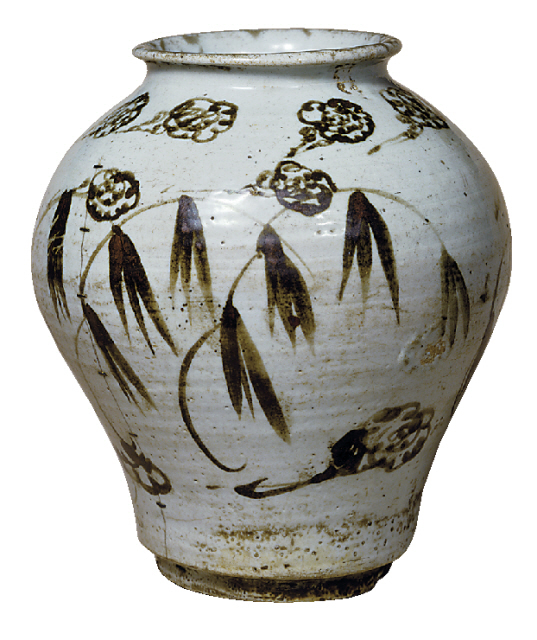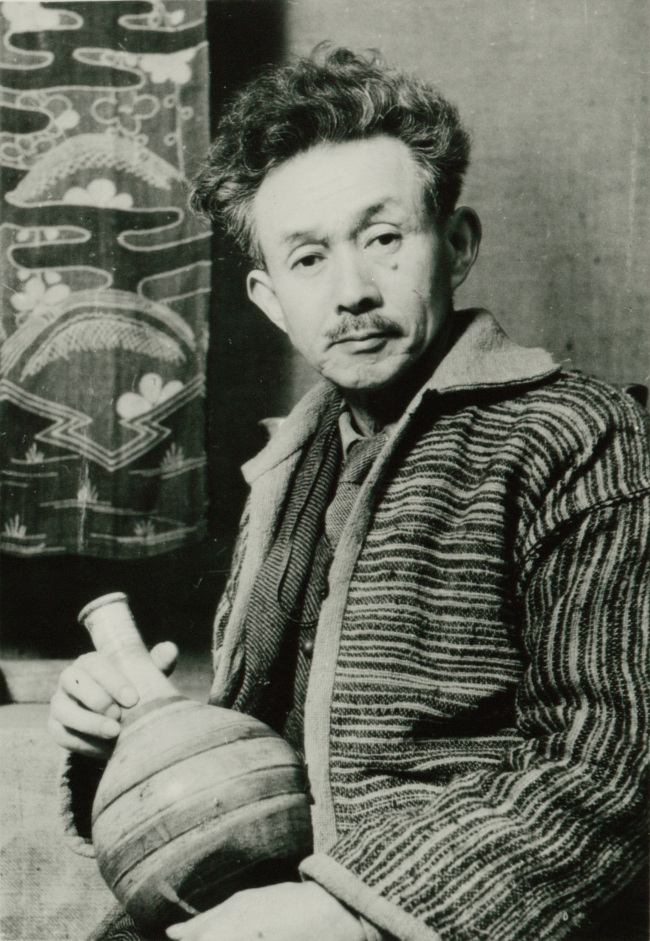Japanese collector’s Korean folk craft on exhibit in Seoul
Muneyoshi Yanagi’s collection focuses on everyday items
By Lee Woo-youngPublished : May 28, 2013 - 19:56

A collection of Korean folk crafts put together by late Japanese collector Muneyoshi Yanagi (1889-1961) is on exhibit in Seoul, shedding light on how Korean aesthetics was viewed in imperial Japan.
The exhibition, currently held at Deoksugung Palace Museum of the National Museum of Modern and Contemporary Art, Korea, showcases 139 works and documents collected by Yanagi, who was one of the first in his country to accept Western influence on art and literature during the early 1900s, and who is also known for his affinity for Korean ceramics. The artifacts are on loan from the Japan Folk Crafts Museum in Tokyo.
The highlight of the exhibition is the collection of Joseon-era craftworks, including ceramics, wooden tables, and boxes that once were part of the lives of people in the last dynasty of Korean history.
The exhibition, currently held at Deoksugung Palace Museum of the National Museum of Modern and Contemporary Art, Korea, showcases 139 works and documents collected by Yanagi, who was one of the first in his country to accept Western influence on art and literature during the early 1900s, and who is also known for his affinity for Korean ceramics. The artifacts are on loan from the Japan Folk Crafts Museum in Tokyo.
The highlight of the exhibition is the collection of Joseon-era craftworks, including ceramics, wooden tables, and boxes that once were part of the lives of people in the last dynasty of Korean history.

Yanagi fell for Joseon’s ceramics when he received a ceramic work as a gift, and began his lifetime quest for Joseon ceramics.
He traveled to major kilns in Korea in search of quality ceramics and other handicrafts such as embroidery, woodwork, stone craftworks, paintings and furniture.
The collection consists of items that were not popular among other Japanese collectors of the time, who were more interested in collecting Goryeo celadon and top-quality ceramics.
“Muneyoshi Yanagi described the characteristic of Korean beauty as ‘the aesthetics of sorrow’ or ‘artless art,” wrote Chung Hyung-min, director of the MMCA, in the exhibition catalogue.
His definition of Korean aesthetics, however, is controversial because of the imperialist connotation it holds against diverse aspects of Joseon culture.
Yanagi associated Joseon’s art with sorrowfulness and simplicity while Chinese art was associated with power and shape, and Japanese art with pleasure and colors.
“His definition of Korean art has been criticized since the 1970s by Korean scholars. Before that, there were few people studying Korean art, and the academia and other fields of study had to cite what Yanagi had said about Korean art,” said Ryu Ji-yeon, curator of the exhibition.
Yanagi established the Joseon Folk Crafts Museum in 1924, which later became the Japan Folk Crafts Museum, and developed the “Mingei” movement based on his idea that “the beauty of crafts had a close relationship with the ordinary.”
The second part of the exhibition features celadon and ceramics of Goryeo and Joseon, as well as wooden and metal crafts including a jar with decoration of clouds and bamboo and a lotus tray-table.
The exhibition also shows how Yanagi developed his point of view toward Western art and art in other parts of Asia in two separate sections.
The exhibition continues through July 21 at the Deoksugung Palace Museum of the National Museum of Modern and Contemporary Art, Korea. For more information, call (02) 2188-6114.
By Lee Woo-young (wylee@heraldcorp.com)








![[KH Explains] Hyundai-backed Motional’s struggles deepen as Tesla eyes August robotaxi debut](http://res.heraldm.com/phpwas/restmb_idxmake.php?idx=644&simg=/content/image/2024/05/16/20240516050605_0.jpg&u=20240516155018)









